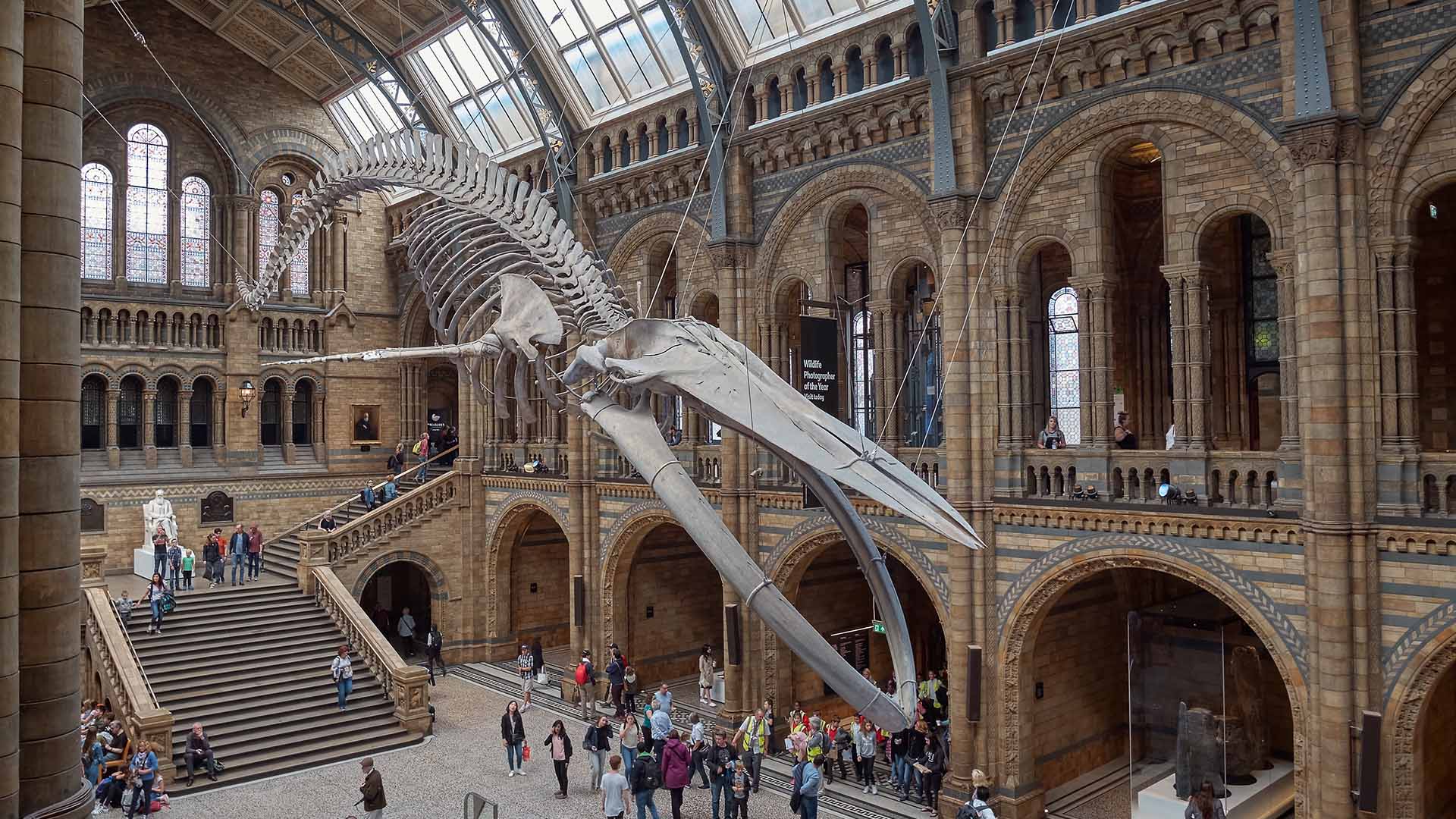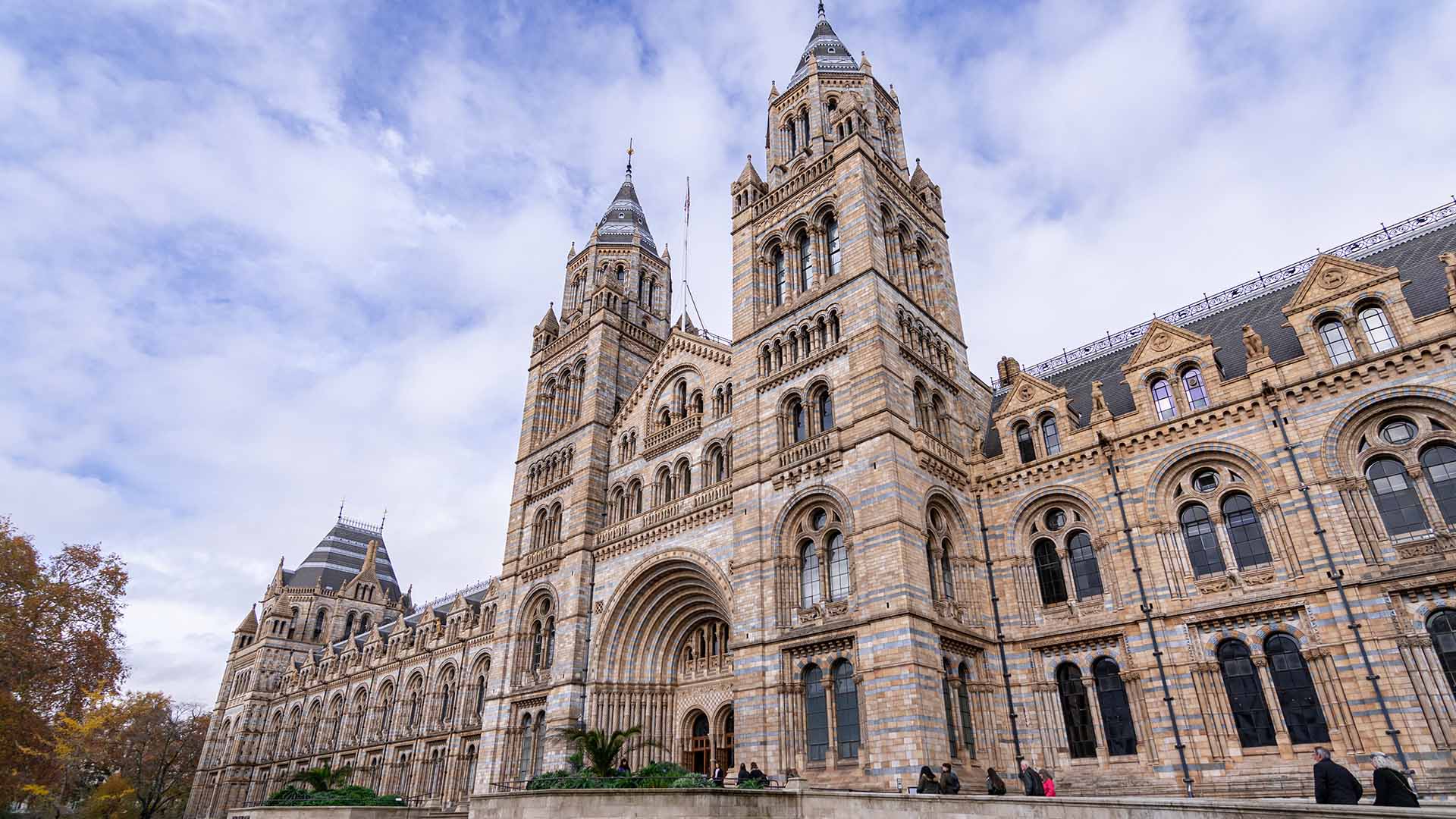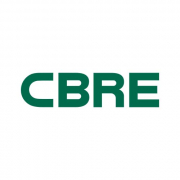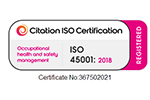Future-proofing systems (and a piece of the Earth’s history) at the Natural History Museum
Last June, we landed a service contract with CBRE at the world-renowned Natural History Museum in London. Famed for its Victorian gothic architecture, the main building opened its doors to the public in 1881. The museum’s origins, however, date back to 1753, when its collections were part of The British Museum.
For those familiar with the Natural History Museum, the enormity and complexity of this contract will come as no surprise. It’s a huge, bustling tourist attraction with over 20,000 daily visitors.
We manage 10 buildings (old and new), including public spaces and storage facilities. Across all sites, there are over 80 million individual collection items, showcasing 4.6 billion years of the Earth’s history.
What we’re doing at the Natural History Museum
Changes to conditions surrounding its building energy management system (BEMS) delivery meant CBRE needed a fresh approach. It wanted a BEMS specialist to take on all 250 of the Natural History Museum’s existing Trend controllers (spread across three sites) and hit the ground running.
Thanks to the excellent work we do with CBRE on numerous UK sites, the company knew our engineers were more than capable. We were brought onboard to deliver all aspects of BEMS support: from advice and upgrade recommendations to quoting, service and installation works.
What we’re working towards
CBRE has a clear goal: to take the museum’s service delivery to the next level. We’re here to take full ownership of improving the efficiency of the BEMS and get it to an improved standard.
Potential stumbling blocks
Restoring BEMS functionality to an operational standard is usually straightforward. However, due to the age of the museum’s main building and multiple (and in some cases ‘stringent’) environmental requirements, things do become more complicated.
Maintaining laboratories, office spaces and public spaces, all with different mechanical plant and environmental conditions, requires care and precision. In fact, taking care of historical artifacts in general is a huge responsibility – and something we don’t take lightly!
To add an extra layer of complexity, the networking is extremely intricate. As it’s such a vast property, we’re in constant dialogue with the museum about the network and what we can do to improve it.
What we’ve brought to the Natural History Museum
On top of day-to-day service and installation works, we’re always looking for ways to improve the museum’s BEMS and the processes surrounding it. Recently, one of our permanent onsite engineers introduced OneNote to develop a novel note-taking system. It tracks what people are up to and has an inbuilt, time-saving search functionality. Ultimately, it acts as a central space to store drawings and reports etc. Perhaps most importantly, though, it’s brought the team together through closer collaboration.
What we’ve got in the pipeline
As the relationship develops, we’re working more closely with CBRE and the museum to develop suggestions for future BEMS upgrades. We’re also working towards standardising graphics for the existing system and all future works.
The end goal is to provide a system that’s more intuitive to use and easier to service, even without BEMS training. We’ve heard good things from the museum’s estates team about moving forward with BEMS upgrade projects, so watch this space!


The team
Kendra engineers leading works at the Natural History Museum – Darren, Joel, Adam, Mark and Marc – have worked incredibly hard to get Kendra to this point. From navigating challenging repairs and modifications to heading up the maintenance and reactive side of things. Here’s what one of our engineers and CBRE had to say:

“the client’s happy with Kendra and our team. I’ve had multiple people at CBRE and the museum’s collections and estates teams compliment us for the huge amount of work we’ve done in such a short space of time.
After four short months into this contract, my personal highlight is learning about the site and coming up with ways to help push things along. It’ll be a long process but we’re hoping to make a real difference and cement our spot at the museum”.

“CBRE is profoundly impressed by the exceptional work undertaken by Kendra and the team, namely Felix, Joel and Darren, at the Natural History Museum since June 2023.
Their dedication and expertise have significantly contributed to the preservation and enhancement of this prestigious institution. We look forward to continued collaborations.”
Contact us
Got any questions? Find your local office and drop us a message. Alternatively, email info@kendraenergy.co.uk.









